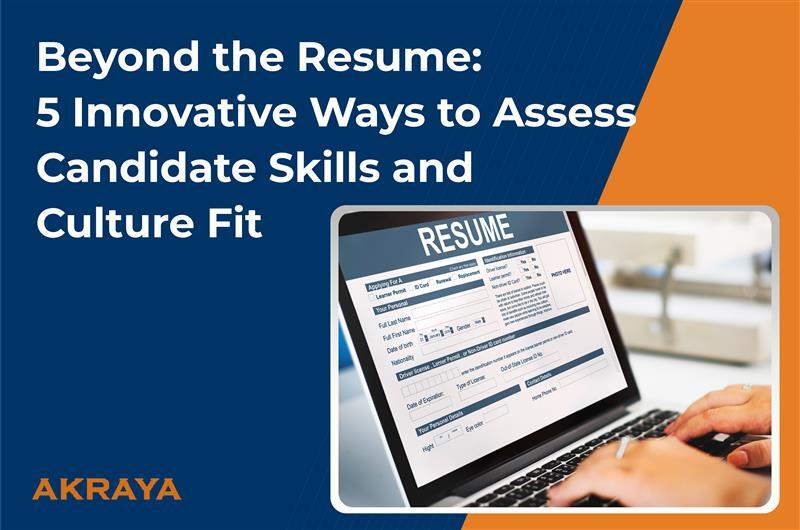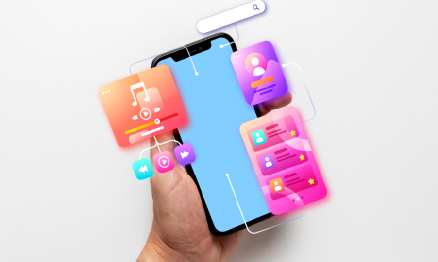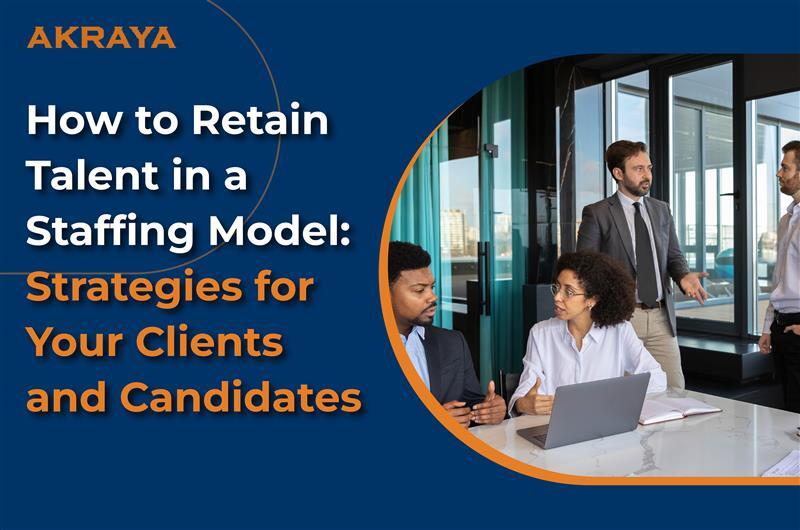The Rise of Temp-to-Perm and Contract Staffing in 2025
The Rise of Temp-to-Perm and Contract Staffing in 2025 The world of work is no longer built on permanence. In 2025, success belongs to agile...
1 min read
Rinki Yumnam : October 06, 2025

Why the Resume Alone Isn’t Enough
Resumes have long been the starting point in candidate evaluation, but in 2025, hiring managers know that a piece of paper cannot fully capture what makes a candidate successful. Technical skills evolve quickly, soft skills define collaboration, and cultural alignment influences retention. Companies that go “beyond the resume” gain sharper insights, reduce bad hires, and build stronger teams.
Organizations are increasingly adopting practical assessments to measure candidates’ ability to perform the job at hand. For example, coding simulations, case studies, or design challenges reveal how well a candidate applies knowledge under realistic conditions. This approach offers objective data and reduces over-reliance on subjective impressions.
Behavioral interviews remain one of the most reliable predictors of future performance when executed correctly. By asking situational questions tied to real challenges, hiring managers can evaluate problem-solving ability, adaptability, and leadership qualities. Importantly, these interviews create consistency, minimizing unconscious bias in decision-making.
Team dynamics are often where hires succeed or fail. That’s why collaborative exercises, such as group projects or pair programming, are gaining traction. These assessments allow employers to observe communication styles, conflict resolution, and adaptability to different work patterns—all of which go far beyond what a resume shows.
Cultural fit no longer means “hiring people just like us.” Instead, companies are using psychometric tools and cultural alignment surveys to understand values, motivations, and working styles. These insights ensure alignment with organizational culture while also embracing diversity of thought and background.
Artificial Intelligence is reshaping hiring evaluation by analysing candidate interactions, responses, and even digital portfolios. When used responsibly, AI helps hiring managers detect hidden strengths, predict role alignment, and flag potential risks. Combined with human judgment, it creates a balanced view of both skills and fit.
In today’s competitive hiring market, relying solely on resumes is risky. By combining skills-based tests, structured interviews, collaborative exercises, psychometric analysis, and AI-driven insights, organizations gain a holistic picture of candidates. The result is better hires, stronger retention, and teams that thrive in fast-changing environments.
At Akraya, we help organizations modernize their hiring practices through advanced staffing models and assessment-driven strategies. If your goal is to build future-ready teams that go beyond the resume, we are here to partner with you. Contact us today.

Akraya transformed application infrastructure into a $900M+ revenue accelerator, enabling scalable growth and future-proofing against next-gen demands.

Akraya’s talent-on-demand strategy transformed merchandising into a predictive revenue engine, driving $8.4B in new sales and enabling the most responsive omnichannel system in the industry.

The Rise of Temp-to-Perm and Contract Staffing in 2025 The world of work is no longer built on permanence. In 2025, success belongs to agile...

How to Retain Talent in a Staffing Model: Strategies for Your Clients and Candidates

Building Workforce Stability: How to Use Data to Optimize Temp-to-Perm Conversions The workforce has entered a new era of flexibility. Companies...